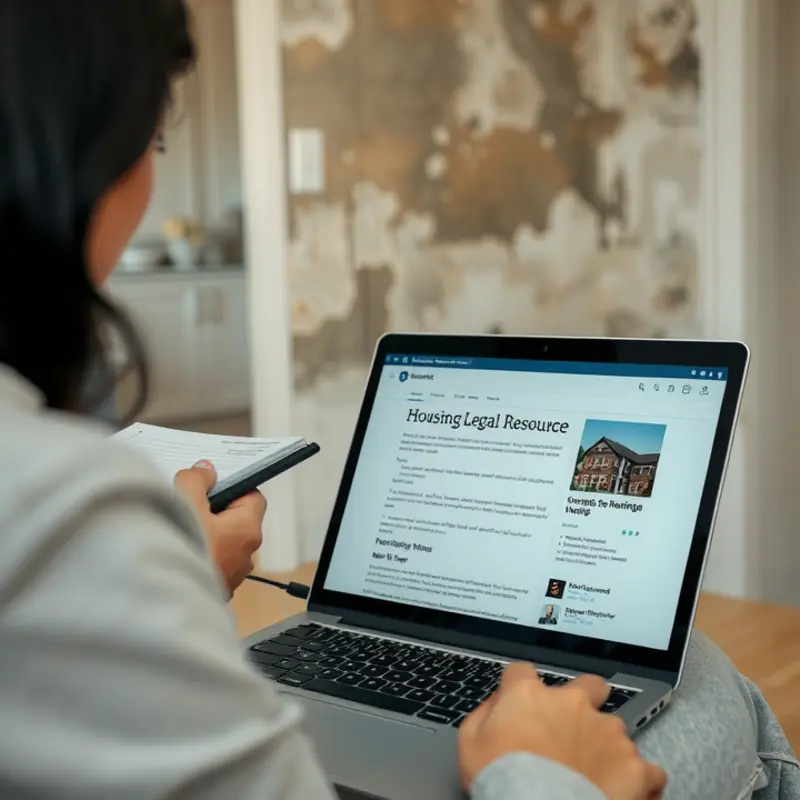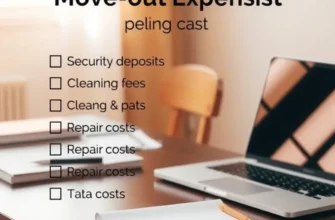Renting has its own list of responsibilities, but did you know that as a tenant, you have rights when it comes to mold remediation? Mold can pose serious health risks and compromise the integrity of your living space. Whether you’re a first-time renter, a busy young professional, or a family searching for clarity, understanding your rights is crucial. This guide will walk you through the relevant laws, your responsibilities as a tenant, and the importance of communication with your landlord regarding mold issues. With the right knowledge, you can advocate for a safe living environment for yourself and your loved ones. Mold remediation doesn’t have to be a daunting process. Let’s explore how you can navigate these waters with confidence.
Understanding Your Rights: The Legal Framework

Navigating the legal landscape regarding mold in rental properties can be daunting. Understanding your rights as a tenant is essential in ensuring a healthy living environment. Various federal and state laws protect tenants facing mold issues, offering guidelines for remedial actions by landlords.
At the federal level, the U.S. Department of Housing and Urban Development (HUD) stresses the importance of a habitable home. This involves maintaining a safe and clean living space, free from hazards like mold. While no direct federal laws specifically address mold, regulations such as the Residential Lead-Based Paint Hazard Reduction Act exemplify the government’s stance on health and safety in rental housing.
State laws, however, offer more specific protections. Many states include mold in their definition of ensuring a habitable rental property. In states with explicit mold legislation, landlords are typically required to address mold problems promptly. This obligation often falls under broader landlord-tenant statutes ensuring livable conditions. When mold is reported, immediate action is vital. Landlords usually have a stipulated time frame to inspect and begin remediation, generally ranging from 14 to 30 days, depending on local regulations.
It is crucial to know how quickly your landlord must respond once you notify them of mold. Most states mandate action within a “reasonable” time, though what constitutes reasonableness can vary. Documenting all communications, including initial notifications and follow-ups, strengthens your case if disputes arise.
Beyond state-specific laws, tenants should be aware of the lease agreements they sign. Lease agreements might contain clauses that specify procedures for handling mold issues, including how and when inspections and repairs will be conducted. Reviewing these terms can provide additional protections or outline responsibilities not covered by state laws.
As a tenant, understanding how mold fits into the definition of a habitable rental provides a clear basis for asserting your rights. Habitability requirements typically entail that the property is weatherproof, structurally sound, and reasonably free of toxic substances, with mold explicitly mentioned in some jurisdictions as a condition violating this standard.
If you suspect your rental does not meet these standards, consider reaching out to local health departments or legal aid resources. They can provide assistance and further interpretation of laws applicable to your situation. Mold, while sometimes perceived as a minor issue, can pose significant health risks if left unaddressed. Knowing your rights enables you to advocate for a living environment conducive to your well-being.
For tenants facing financial barriers in addressing mold-related disputes, programs that offer rent deposit assistance might be viable options to ensure remediation without undue financial strain. Understanding your rights and options is the first step in navigating mold issues effectively, ensuring your living environment remains safe and healthy.
Taking Action: Reporting Mold and Seeking Remediation

When you spot mold in your rental, timely action is crucial. Begin by informing your landlord about the mold issue promptly. To do so effectively, document everything thoroughly. Capture clear photographs or video of the affected areas, ensuring good lighting to show the extent of the mold growth. Include items in the frame for scale, like a coin or ruler.
It’s not just about visuals; write a detailed description of the locations affected and any associated smells or health symptoms you are experiencing. Having a record can support your case if disputes arise. Depending on local laws, email or certified mail could be required to ensure official documentation.
Understanding your legal rights is key when dealing with mold in rental properties. Many tenants are protected under housing and health regulations that require landlords to address hazardous conditions. Mold can fall under these regulations as it can severely impact health and safety. Research specific laws applicable in your state or municipality and reference them in your communication to underscore their obligation to act.
Once documentation is complete, reach out to your landlord in a formal manner. Craft a clear, respectful message detailing the mold situation, the potential health risks, and your request for remediation. Request a timeline or plan for addressing the issue. Indicating a willingness to cooperate can also be helpful in expediting the process. Keep a copy of all correspondence for your records.
Your landlord is responsible for addressing mold issues within a reasonable timeframe, but what if there’s no response or action? This is where tenants might need to escalate the issue. Contacting local housing authorities or health departments can sometimes prompt quicker responses. You may also need to explore legal actions such as withholding rent until repairs are completed, but always seek legal advice before taking such significant steps.
Throughout the remediation process, expect some disruption. Proper mold removal may require vacating affected areas temporarily. Understand that professional remediation may involve sealing off areas, using industrial fans, and applying antimicrobial treatments. Be sure to ask your landlord about their proposed method of removal and when you can expect normalcy to resume.
Handling mold situations in rental properties can be stressful, but with informed steps and proactive communication, tenants can safeguard their health and living conditions. Researching other tenant-focused resources might also be beneficial. For example, if disputes arise, understanding rent deposit assistance programs could be invaluable protecting yourself financially when renting. Remember, knowledge and clear communication can empower you to tackle mold and ensure safe, habitable living conditions.
Final words
Having a robust understanding of your rights regarding mold remediation can significantly impact your well-being as a tenant. Mold is not just a nuisance; it can affect your health and safety. Knowing the legal framework in which you operate and the steps to take when dealing with mold can empower you to advocate effectively for your living space. By staying informed and proactive, you can ensure that your home remains a safe and healthy environment for you and your family. Don’t hesitate to seek help or guidance, and remember that protecting your rights is not just a duty but a fundamental part of being a responsible tenant.









